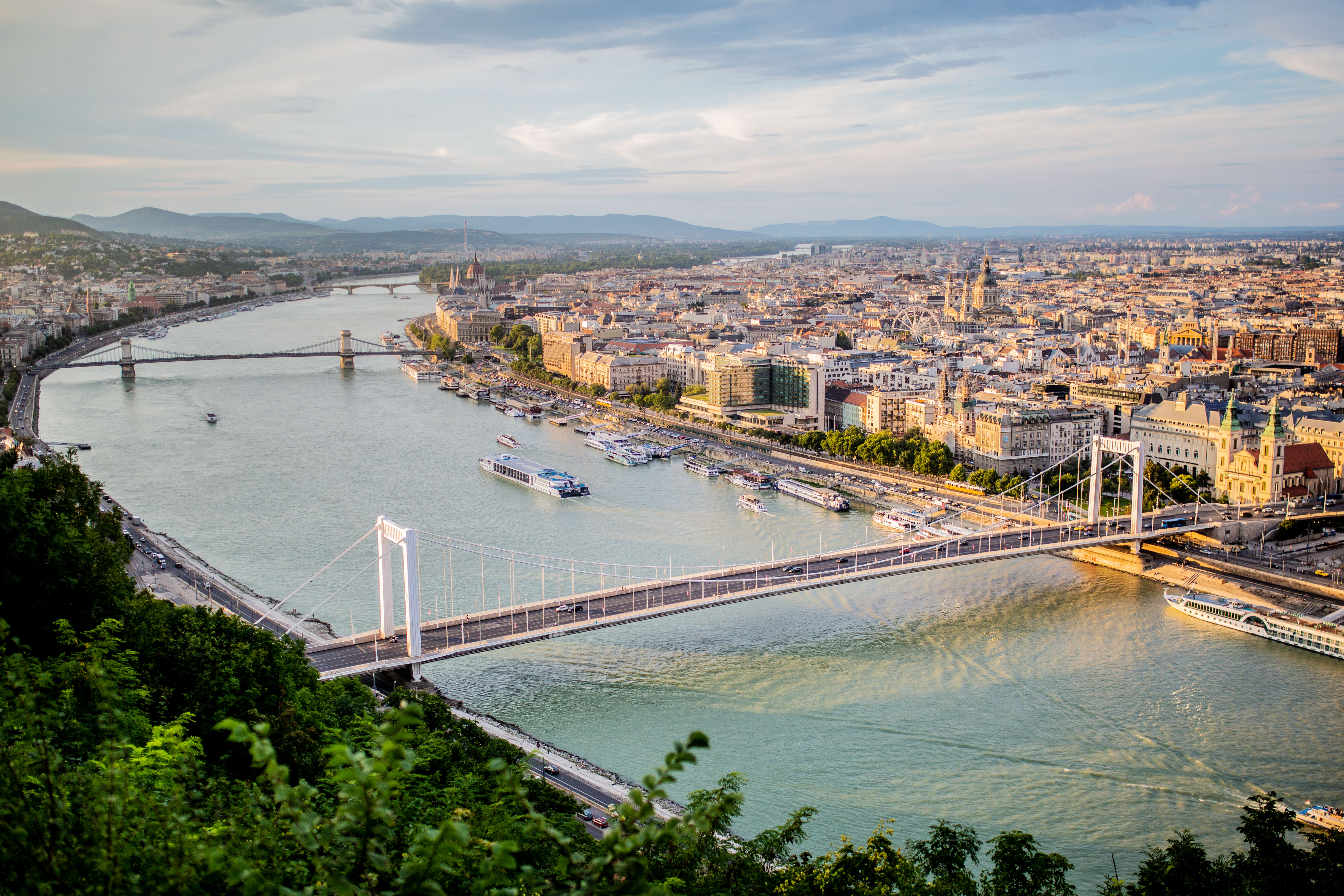North to south or south to north, the Pest embankment can never fail to entertain, given the fact that it faces its stunning Buda counterpart. A stroll along this side of the Danube, interrupted by the occasional glide of yellow as tram 2 passes by on its scenic riverfront run, always has the dramatic effect of showcasing the twin hilltop attractions of Citadella and Buda Castle opposite.
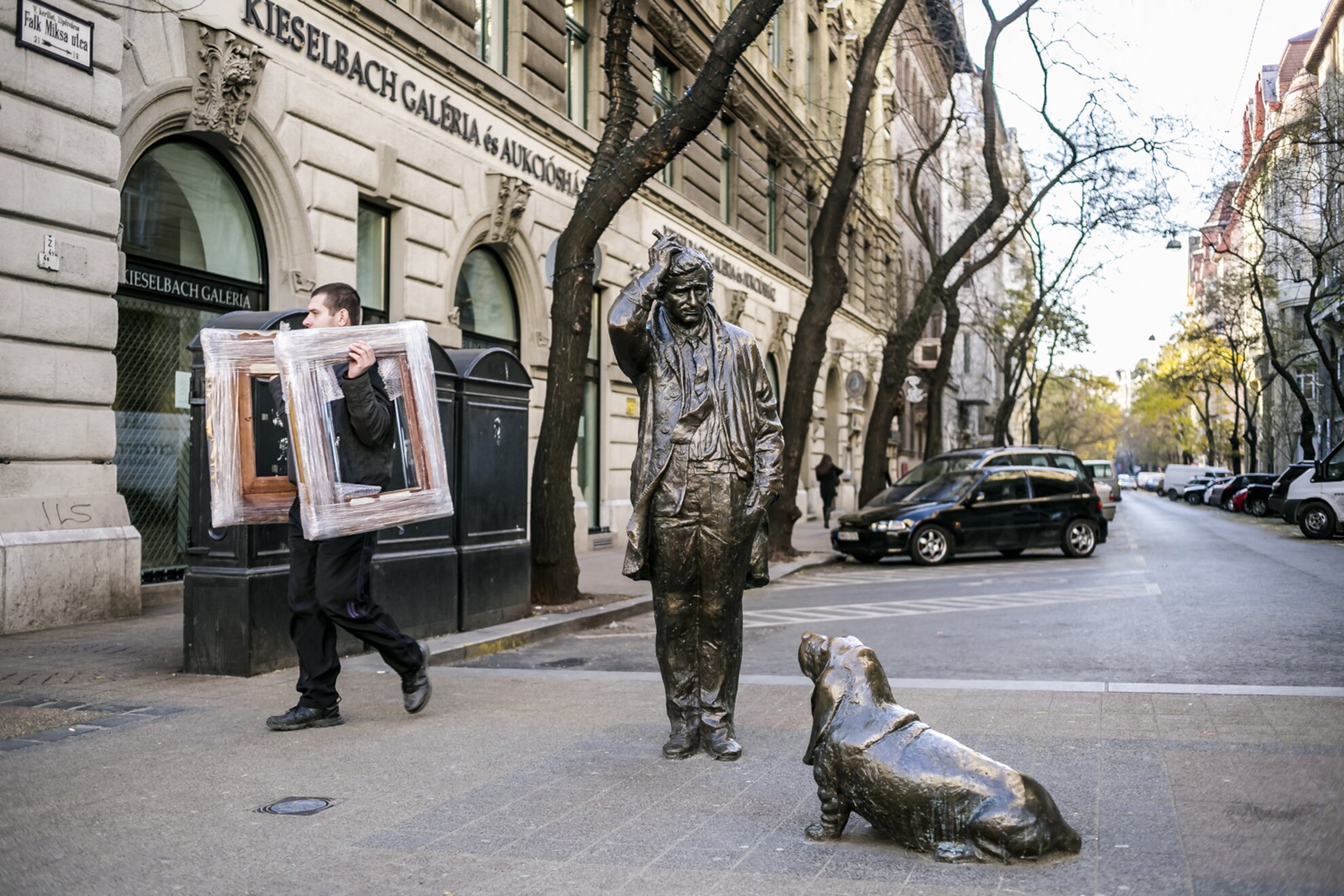
Starting
from the terminus of tram 2 by Margaret Bridge at Jászai Mari tér, running parallel to the river is gallery-lined Falk Miksa
utca, location for Budapest’s
main auction houses.
Namesake American Peter Falk had Hungarian roots on his mother’s side, and so a
statue was erected here of the actor in his most famous role as TV detective Columbo.
Alongside, urban sculptor Mihajlo Kolodko left one of his off-beat figurines,
of a meerkat, splayed out on the pavement as if the focus of a crime scene.
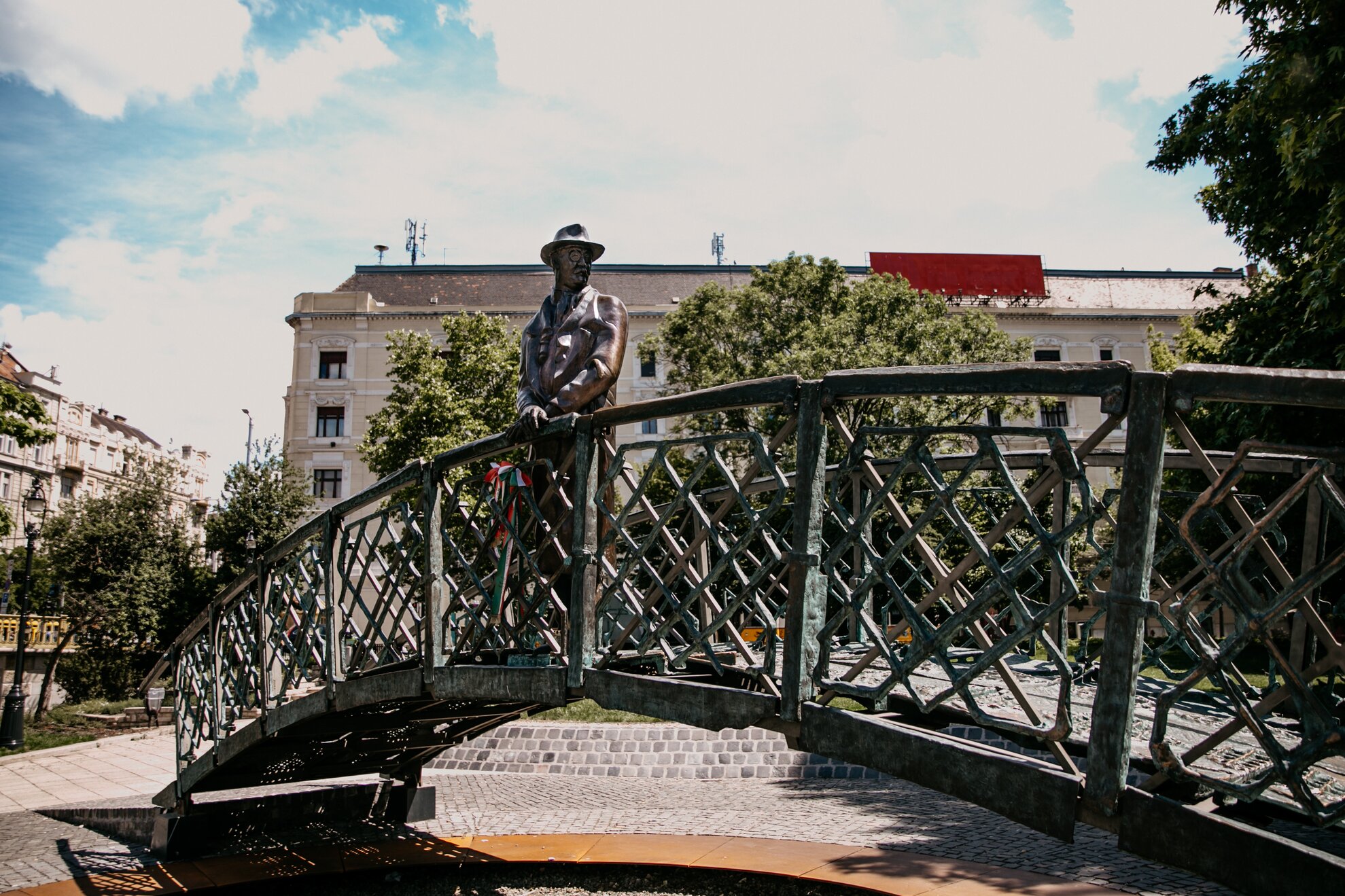
This
is all one block in from the river, the waterfront itself dominated by monolithic
governmental building alongside which now stands the statue of Imre Nagy originally
located by Parliament. The likeness
of the heroic Hungarian leader from the 1956 Uprising was moved a few blocks north to accommodate the relandscaping of Kossuth Lajos
tér, which we will come to soon.
This whole riverside, in fact, is due for a
revamp in 2021,
with a new walkway being created by underused Olimpia Park.
This is downtown District V – for a more filmic look at the area, see our video here.
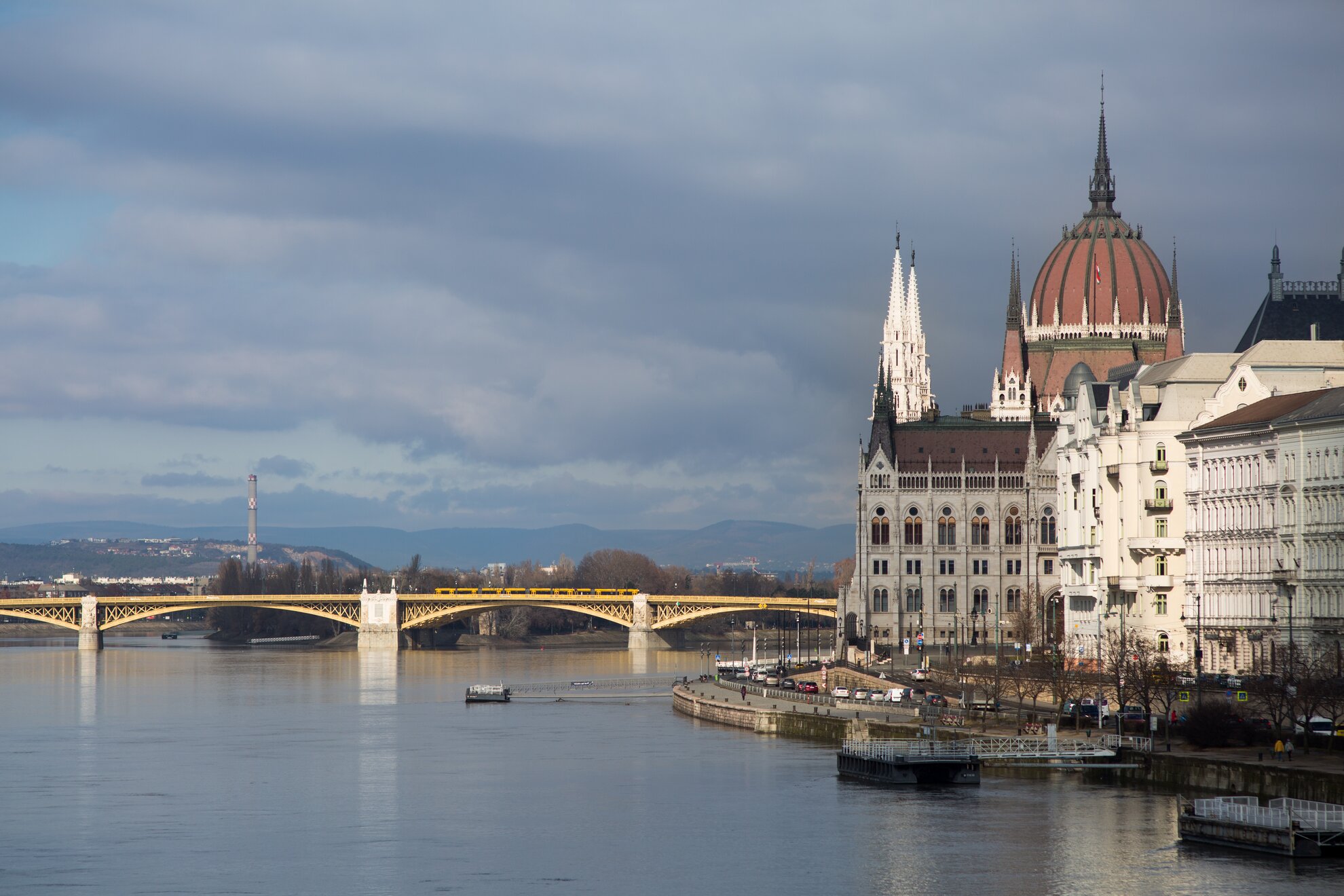
Looming ahead, Parliament remains one of Budapest’s most iconic and stunning buildings, designed by Imre Steindl, who died shortly before it was completed. This neo-Gothic masterpiece stands 96 metres tall, in correlation with the Hungarian millennial celebrations of 1896 for which it was created.
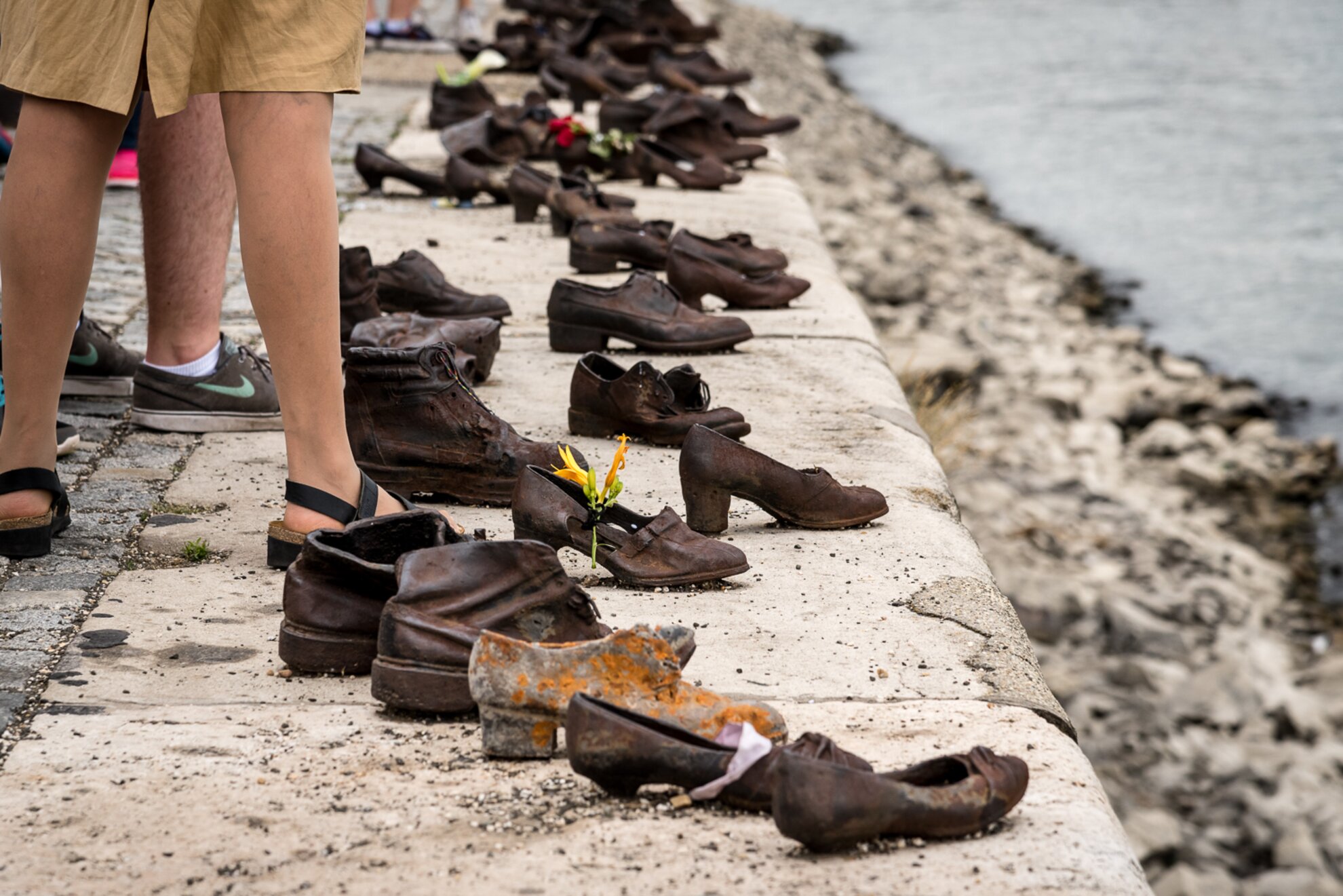
Overlooking
the Danube on the south end of the Parliament building, the stick thin figure
of tragic poet Attila József clutches his battered hat, beside his crumpled
coat. Its sculptor, Marton László, is said to have been inspired by the poem By
the Danube.
Right on the waterfront, a seemingly random scattering of footwear
is one of Budapest’s most moving and imaginative installations. Shoes on the
Danube honours the
victims of the Fascist terror here in 1944, led to the riverbank by Nazi thugs
and ordered to go barefoot before being shot or clubbed to death.
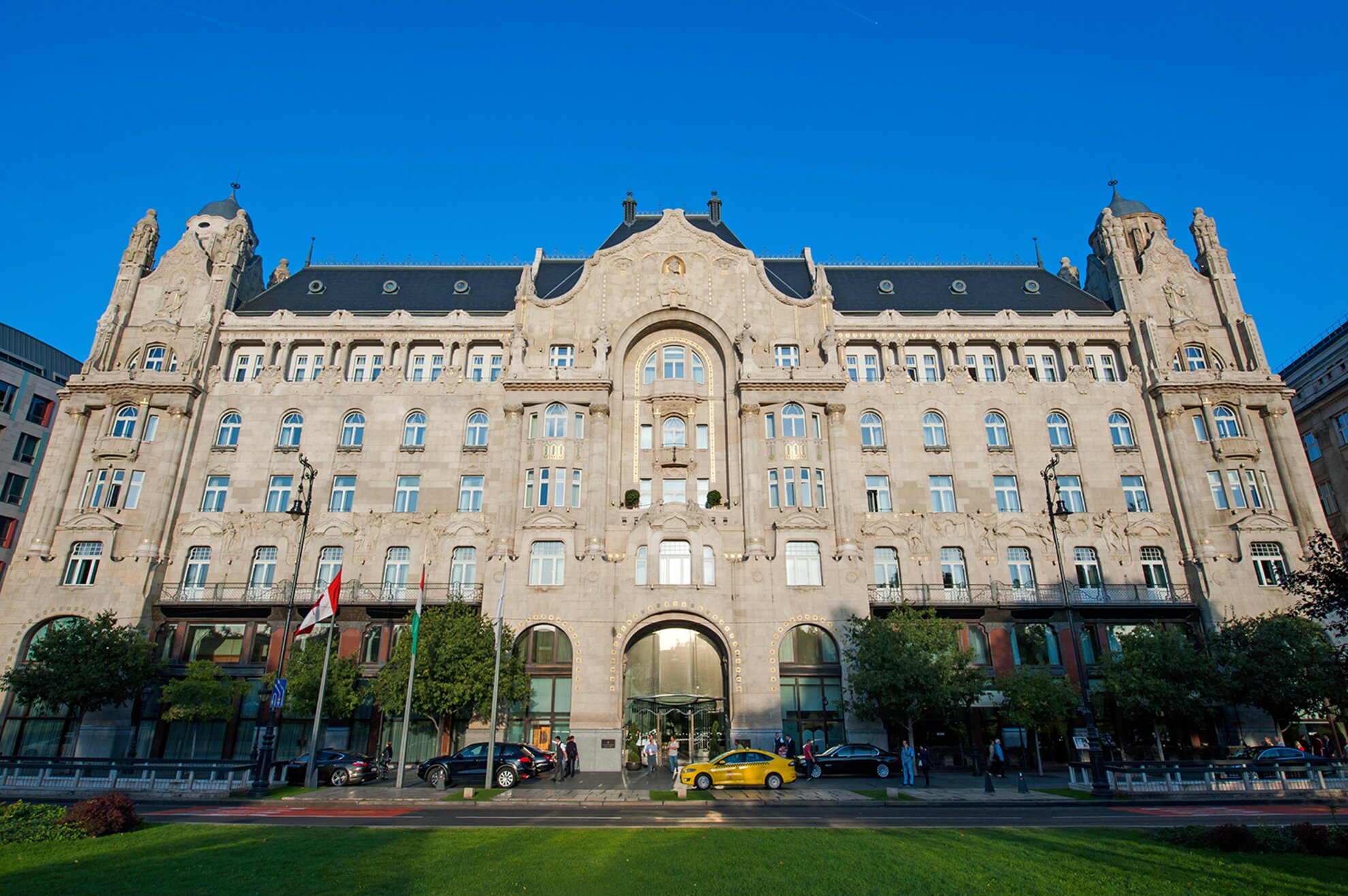
As Chain Bridge hones into view, so does the first of Budapest’s major downtown hotels overlooking the waterfront, the Gresham Palace. After you pass the stately Academy of Sciences, activity is dominated by hospitality. Now a high-end hotel favoured by Hollywood stars, the Gresham was actually created as the European headquarters of London’s Gresham Life Assurance Company, the higher floors occupied by luxury apartments.
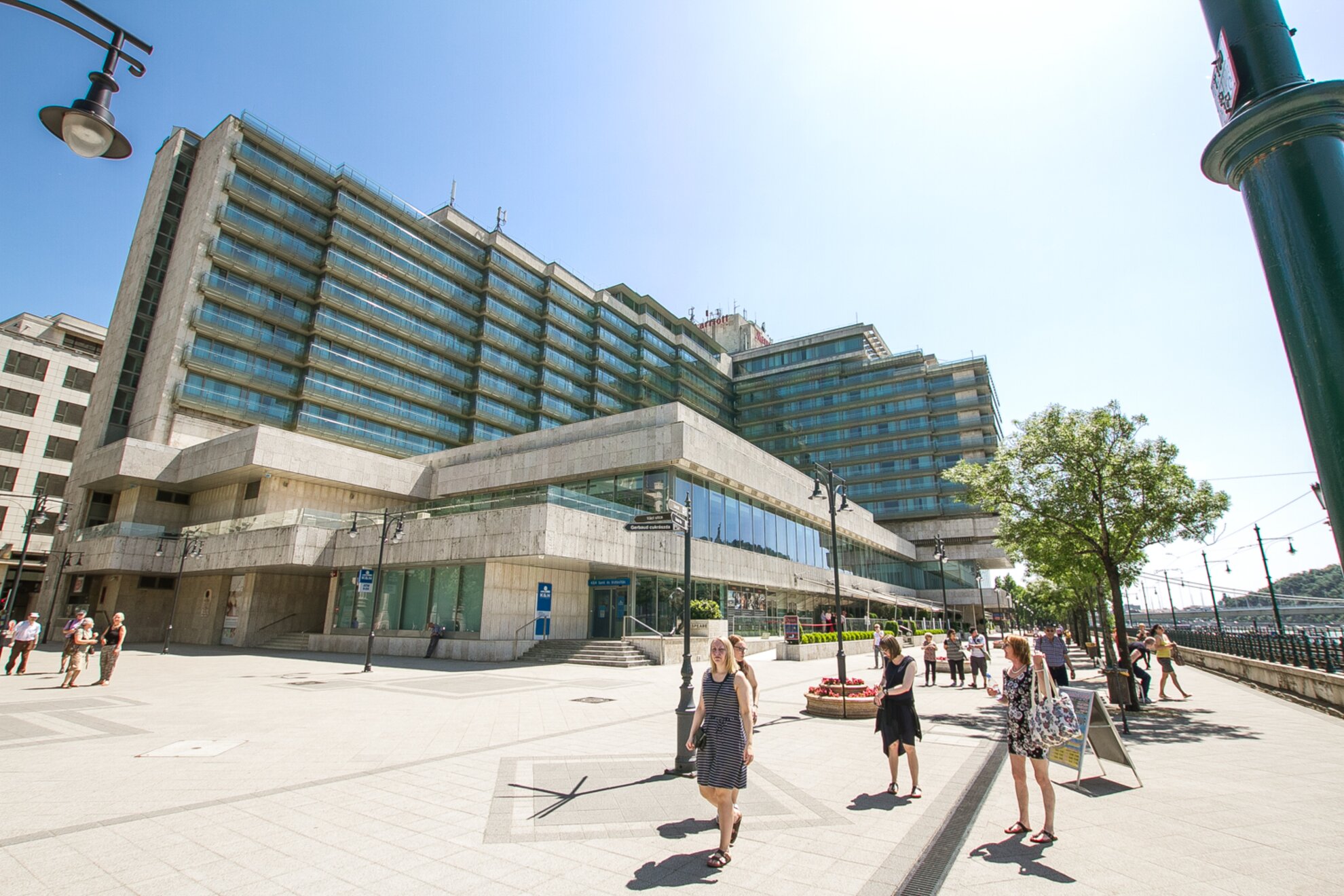
This is
the edge of tourist central – to the north, the Lipótváros half of District V, much
is given over to business and administration. Heading south from Chain Bridge,
past the sightseeing boats, floating restaurants and tour outlets, foreign
visitors are the focus of attention. This is the Duna korzó, where Hungarians
once ambled in their early-evening finery in the local version of the Italian
passeggiata, a see-and-be-seen social stroll.
After war-time destruction and
the pressing need for hard currency to prop up the Communist government that
followed, prominent hotels were built were elegant coffeehouses once stood. The
first was the Duna Inter-Continental, today’s Marriott, where Liz Taylor held a
star-studded birthday party in 1972, Richard Burton, Michael Caine and Grace Kelly
among the guests.
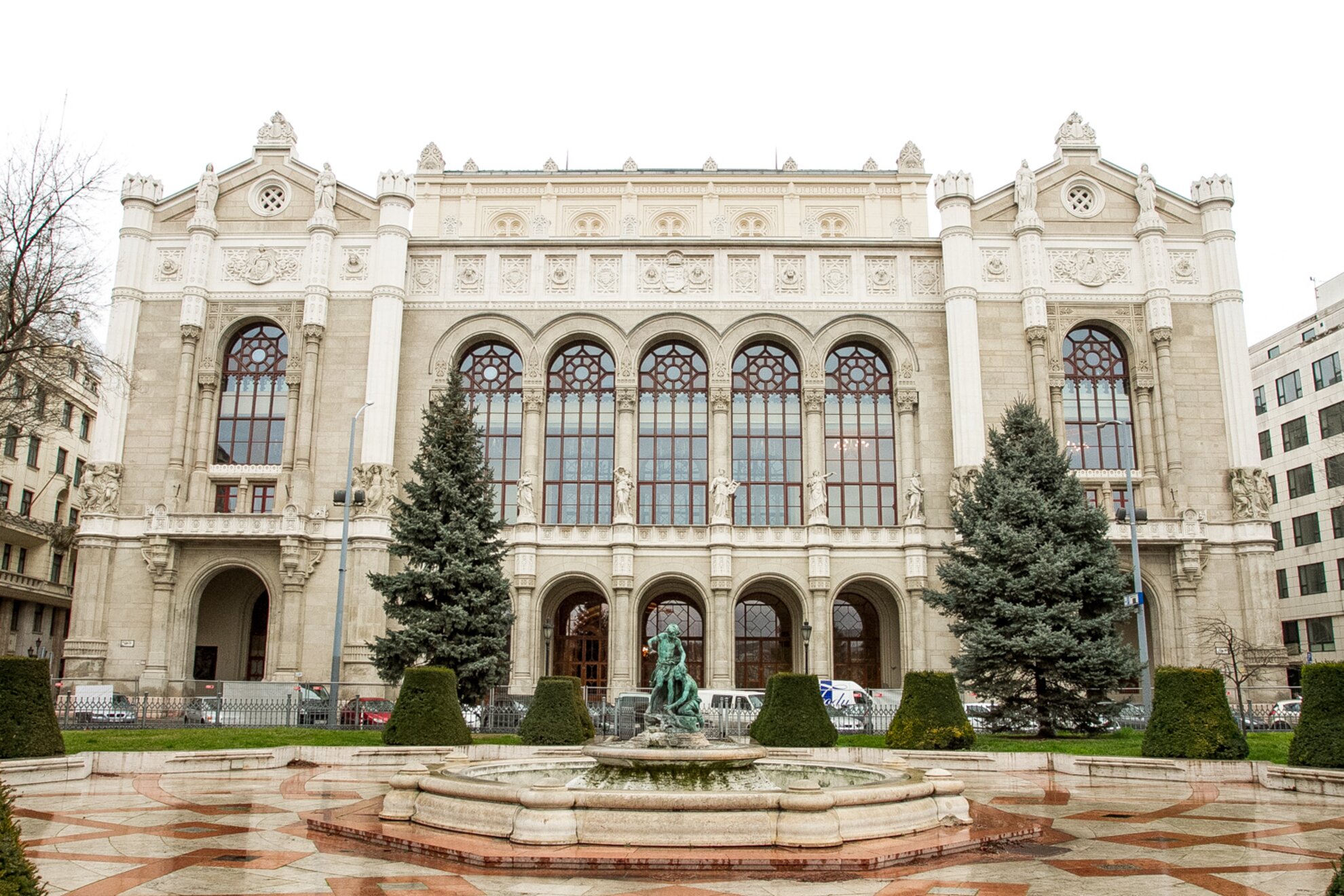
Famous actors and musicians are familiar now, of course, at the Sofitel Chain Bridge and InterContinental Budapest, as well as the Marriott. Not everything is modern or contemporary, however – lending its name to the square overlooking the river, Vigadó tér, the Pesti Vigadó was the first major concert hall to be built in town.
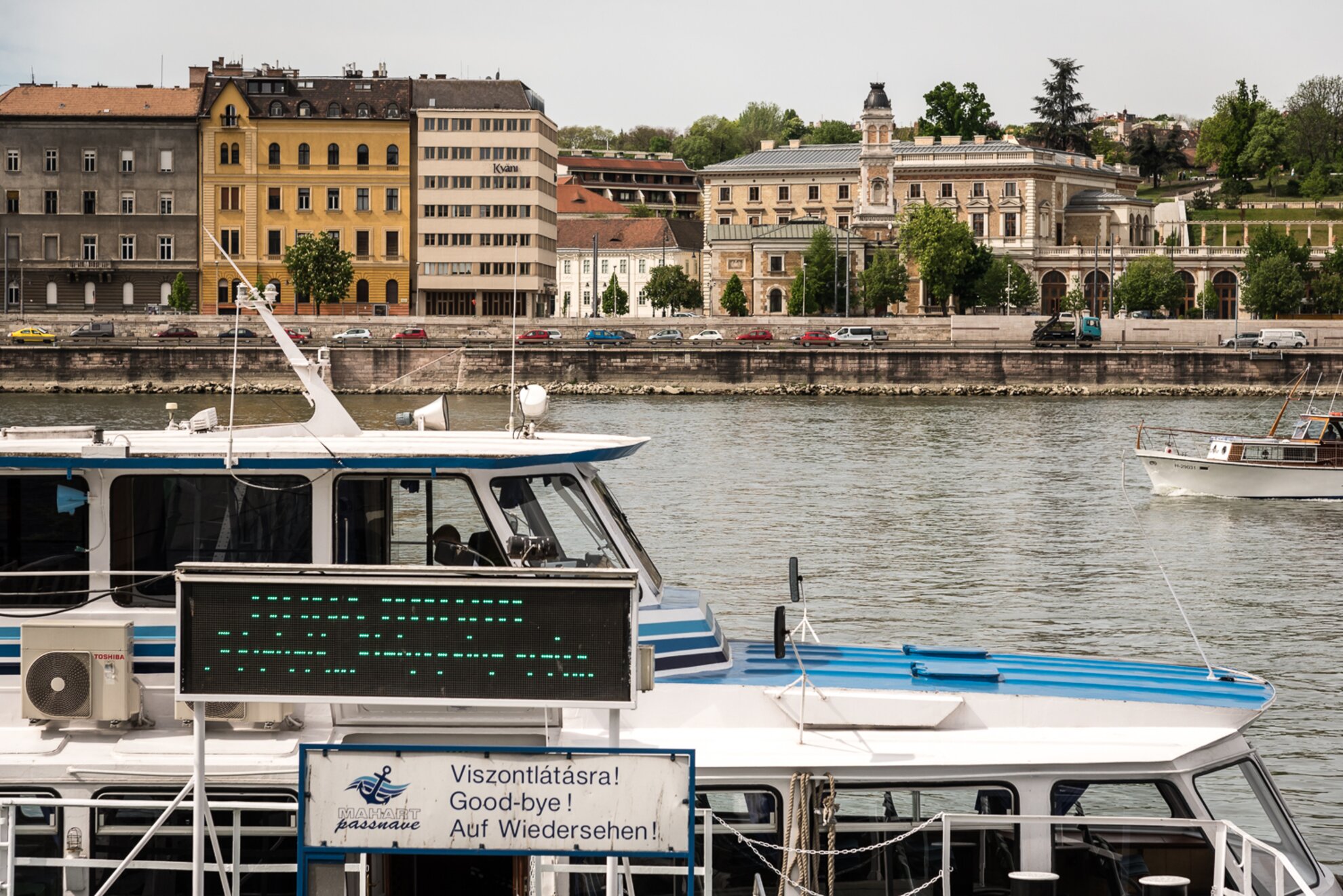
Franz Liszt played a charity concert here after the Budapest Flood of 1838. This is also a major boat terminal, where services leave for Szentendre, Visegrád and points north. Tucked in, just the other side of the tram tracks, the figure of a child poses on the railings. She is The Little Princess, another creation László Marton, inspired by his daughter, who played at being princess with a crown made from newspaper and a cloak fashioned out of a bathrobe.
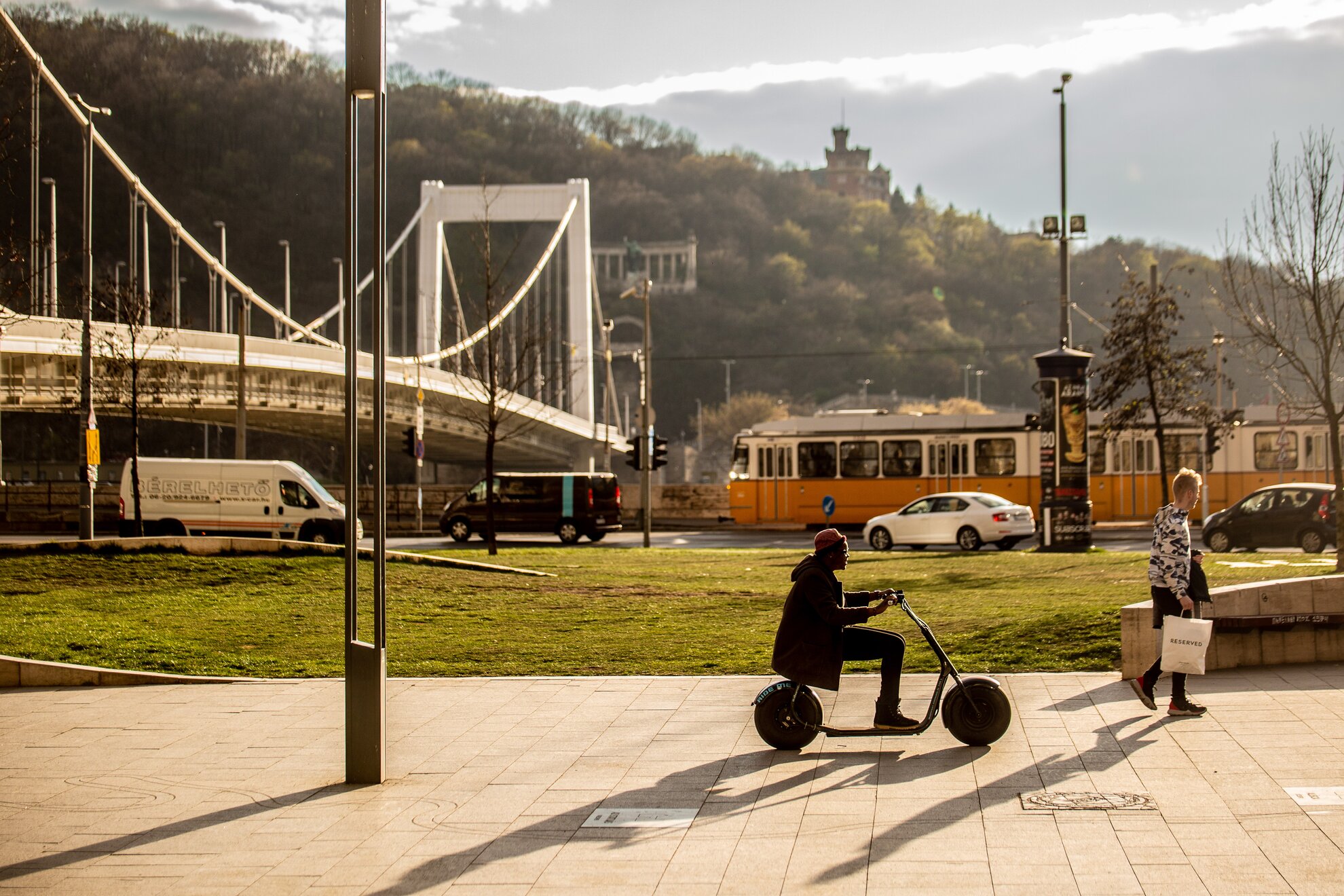
Next comes Március 15. tér, scatterings of Roman remains below and the towering Inner City Parish Church above. Urban myth has it that this most ancient of Budapest temples was moved to make room for the rebuilding of Elizabeth Bridge alongside – actually not true. This was, however, the only main bridge that was rebuilt in an entirely different fashion to how its predecessor looked before the war, when all the crossings were destroyed. The iteration you see today only dates back to 1964.
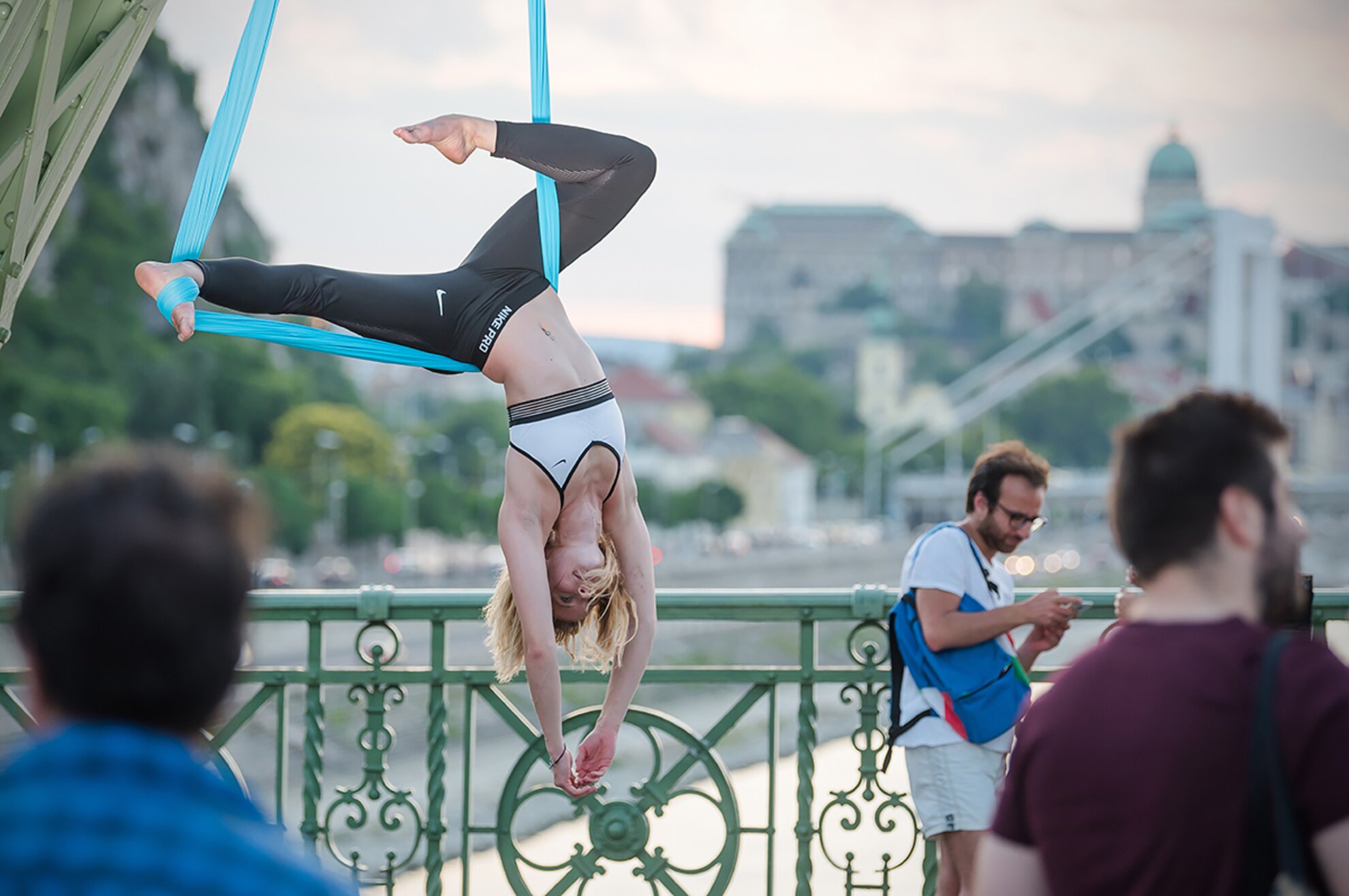
Liberty Bridge further south still looks pretty much as it did when Emperor Franz Joseph
nailed in the last silver rivet at its grand opening, part of the millennial
celebrations of 1896. In recent summers, it has played host to a series of
weekend picnics, alfresco get-togethers instigated after the crossing was
temporarily closed to traffic.
The Great Market Hall,
too, looks much as it did in the late 1890s, though this is because of a complete
remake a century later.
Gleaming in the distance, the glass-fronted Bálna Budapest was unveiled in 2013 as an events centre and cultural hub, though it’s usually most frequented for it riverside terrace bars. Many also like to hang out at adjoining Nehru part, a grassy waterside verge popular in summer.
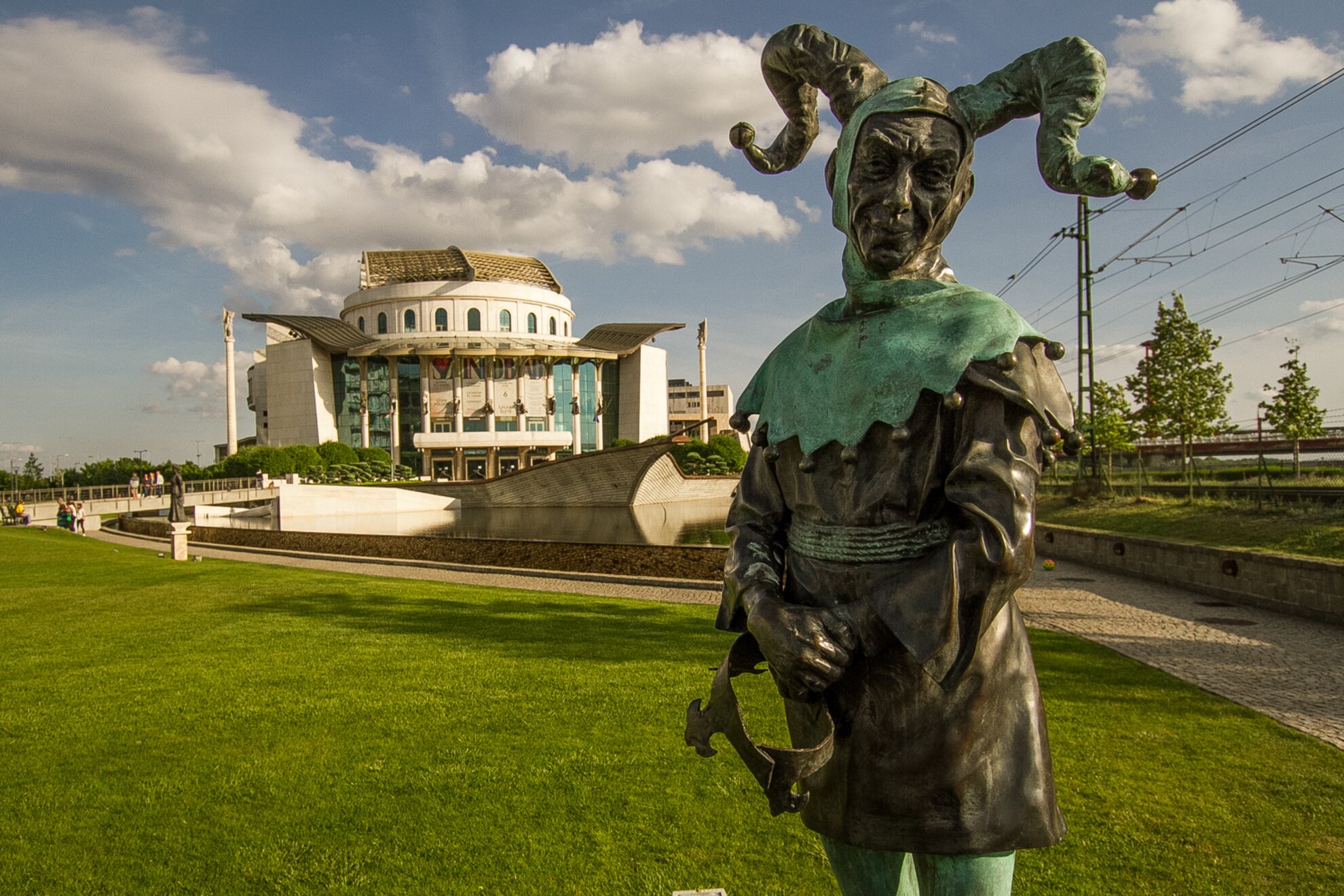
Past Petőfi Bridge, this stretch of otherwise
elegantly gentrified District IX has yet to fully catch on, though the Millennial
Cultural Centre here has been in place
for two decades. The complex is centrepieced by Müpa,
the Palace of Arts, itself comprising the Béla Bartók National Concert Hall,
the Festival Theatre and contemporary Ludwig Museum.
The National Theatre,
meanwhile, has a convoluted history and controversial heritage as far as the
building is concerned. Alongside, Rákóczi Bridge is the southernmost in the
Hungarian capital.
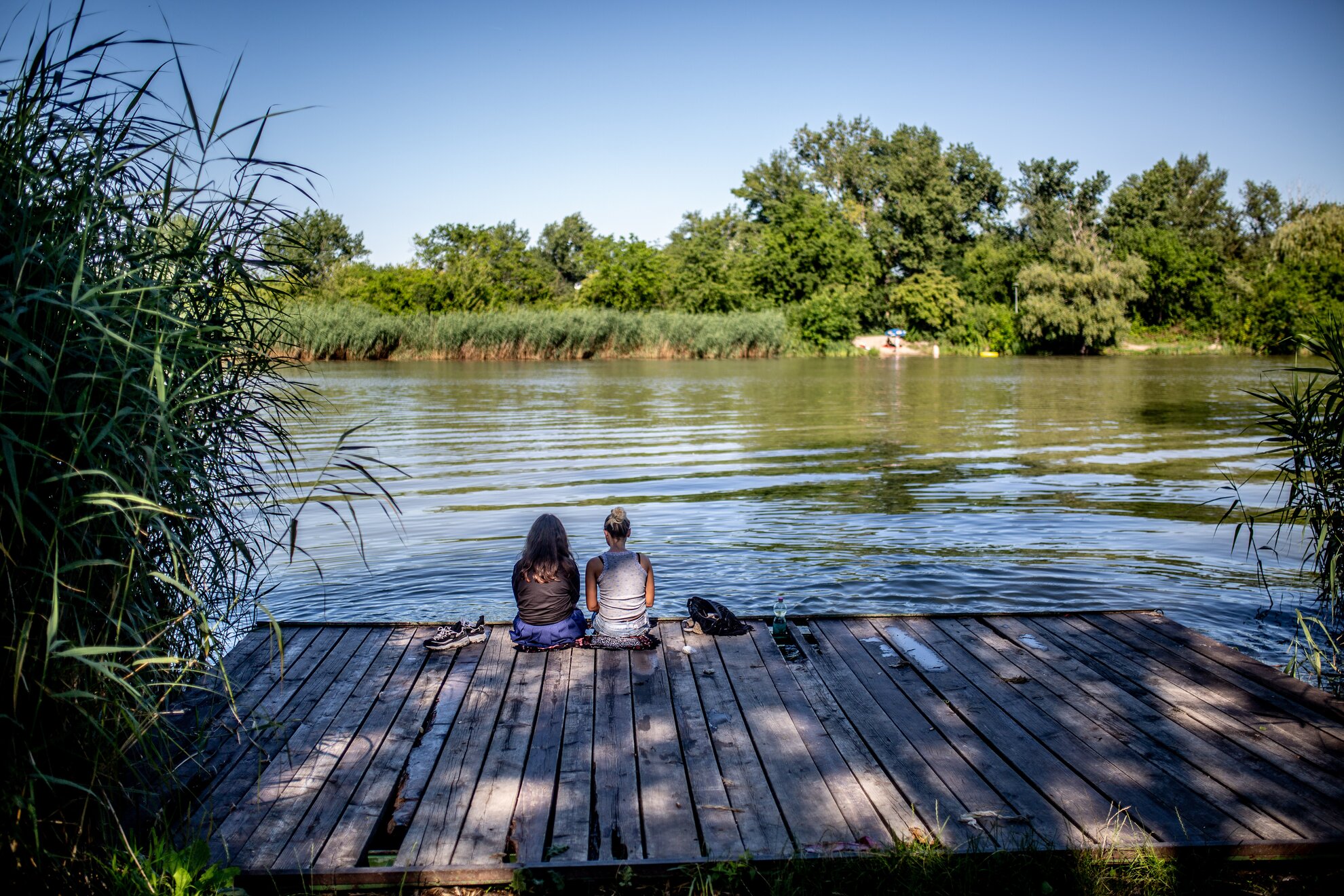
Beyond stretches Csepel island, a former industrial zone soon due for a major redevelopment in the form of a large park and sports stadium.
